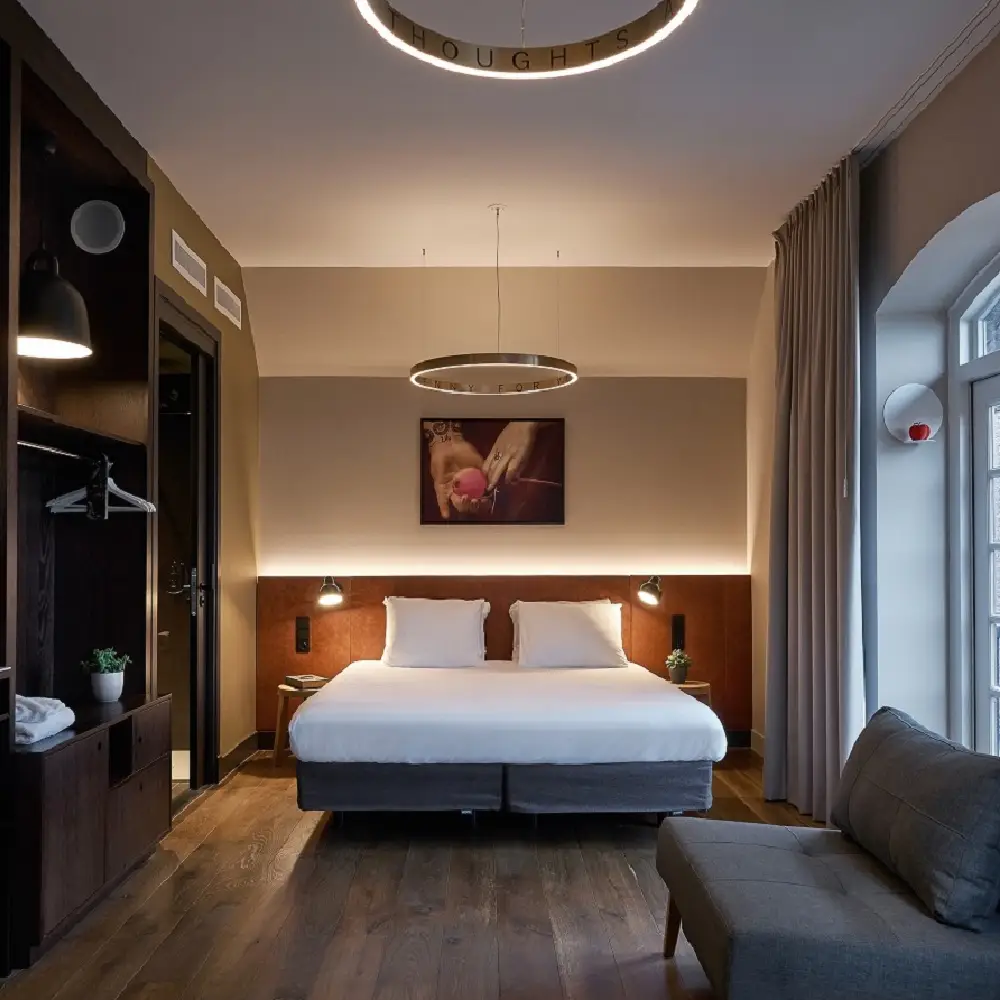 Today we decided to take a look back at the history and evolution of pricing in hotels and distribution. A lot, really a lot has changed in hotel revenue management over the last 10 years. It’s funny how quickly we have adapted to all new developments like it has been like this for ever…..
Today we decided to take a look back at the history and evolution of pricing in hotels and distribution. A lot, really a lot has changed in hotel revenue management over the last 10 years. It’s funny how quickly we have adapted to all new developments like it has been like this for ever…..
The growth of internet distribution has had the deepest impact on our rate strategies. With rates being distributed publicly on such a large scale, even corporate and consortia contracts are being pushed to become more dynamic and competitive. It is a pure natural development.
Of course this couple with the wide spread implementation of revenue management cultures and yield strategies in hotels. No longer are we working with static seasonal rates, even in many resorts.
Here an overview of some historical highlights in the evolution of hotel pricing:
- 1998 – Priceline introduces Opaque rates
- 2003 – Industry wide acceptance of the Rate Parity concept
- 2003 – Marriott and AMEX change fixed prices to dynamic pricing
- 2003 – Opaque rates grow, as Expedia scoops up Hotwire
- 2004 – Hilton and Intercontinental stop using fixed rates with Consortia
- 2004 – Wholesalers and FIT’s start publishing offline rates online
- 2004 – Introduction of Dynamic Rate Rules (stay 4 pay 3 discounts) by OTA in order to get more competitive rates, and break rate parity
- 2005 – Accor moves to dynamic pricing model and reduces allotments
- 2005 – Hyatt and Starwood introduce flexible pricing models to selected corporate accounts
- 2006 – Introduction of B.A.R (Best Available Rate)
- 2006 – Introduction of Non-Refundable and Pre-Paid rates on hotel’s own websites
- 2007 – LRA – Last Room Availability on corporate contracts being questioned
- 2008 – More acceptance by corporate accounts of rate derived from a Floating BAR
- 2008 – Meta-search websites like Kayak and HotelsCombined offer price transparency across the web.
- 2008 – OTA’s launch hidden or secret hotel program to compete with Opaque rates
- 2009 – Resort Hotels moving more and more away from seasonal into dynamic pricing
- 2009 – OTA add value added promotion packages, at preset rates. By adding value and masking the rate, hotels feel that their price integrity stays intact
- 2009 – Direct PMS interfaces make OTA give up guaranteed allotment for Last Room Availability
- 2009 – Wide spread publication of Opaque and Wholesale / FIT rates, breaking the Rate Parity strategies of hotels.
- 2010 – Flash Sales introduced by OTA’s = temporary discount, even for just one hour to pick up a few extra occupancy points.
- 2010 – Google is testing to display rates in hotel listing on Google Maps
I am not sure if we got all the years exactly right, but that is beside the point. Important fact is that in a few years time decades of hotel pricing strategies became outdated.
Don’t be surprised if overnight new developments come about. The OTA and Travel Websites continue looking for creative ways to obtain more competitive offers than their competition. Best Rate is still the name of the game in online sales.
With the move of Google into meta-search this month, the rate parity struggle by hotels and competitive battle between OTA will only intensify. And with the social media and networks changing consumer internet behavior we certainly have interesting times ahead of us.

